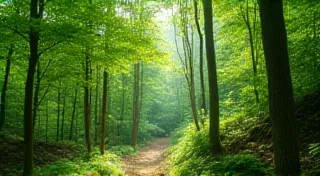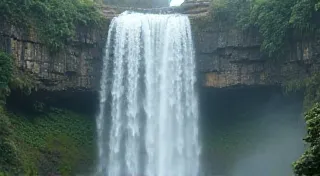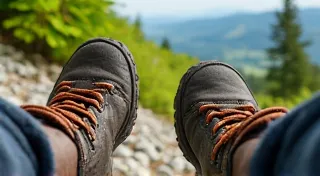Gear as Ghost: The Haunting Presence of Past Adventures
We rarely consider it, buried as it is beneath the practicalities of load weight and waterproof ratings. But our hiking gear isn't just a collection of nylon, buckles, and zippers. It’s a repository of experience, a silent witness to journeys taken, and, in a profound sense, a tangible echo of the landscapes we’ve traversed. It holds, within its worn threads and scuffed surfaces, a kind of spectral residue – a haunting presence of past adventures.
Think of that well-worn hiking jacket, the one you’ve worn for countless miles. It's more than just protection from the elements. It carries the scent of pine needles from a hike in the Sierras, the faint taste of rain from a misty trek in the Cascades. The elbows are worn smooth, not just from friction, but from leaning against rocks, scrambling up steep inclines, and pausing to absorb the grandeur of a vista. That scent, that wear – these are fragments of memory, woven into the fabric itself.
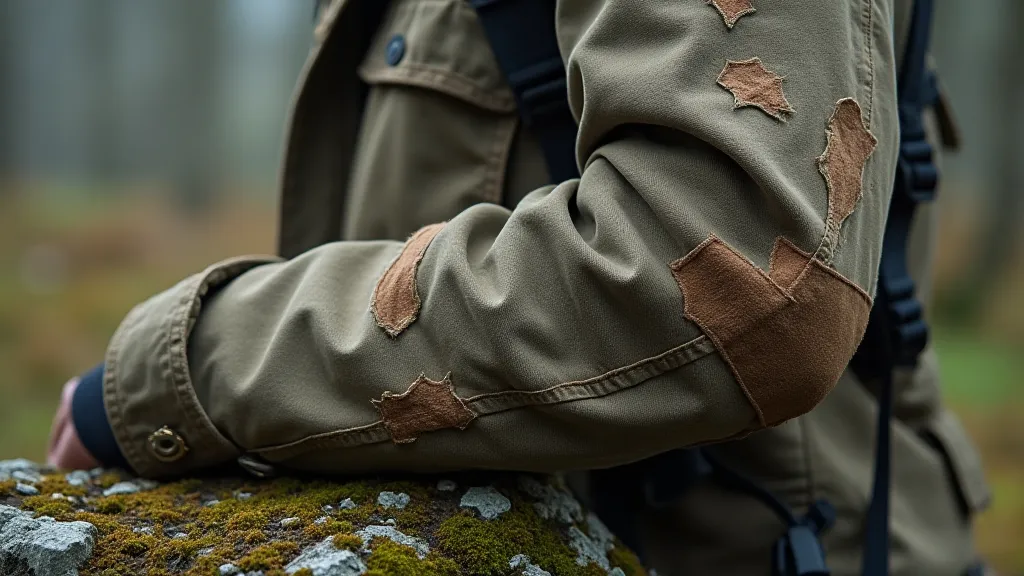
Beyond Functionality: The Emotional Weight of Equipment
Gear reviews, while undeniably useful for assessing technical performance—waterproofness, durability, pack capacity—often sidestep this deeper emotional significance. They focus on the ‘what’ and the ‘how,’ but rarely the ‘why’ behind our attachment to specific pieces of equipment. We evaluate backpacks based on liters and frame design, but fail to acknowledge the stories they carry, the weight of responsibility they represent when venturing into the wilderness.
I remember receiving my first proper backpacking backpack. It wasn’t the lightest, nor the most technologically advanced, but it was mine. It represented entry into a world of solitude, challenge, and connection with nature. Each subsequent trip added another layer to its story, a new memory etched into its nylon. Selling it years later felt like parting with a trusted confidante, a piece of my own evolution.
This attachment isn’t unique to backpacks. It applies to trekking poles, compasses, even boots. Consider an antique accordion, for example. Far more than a musical instrument, it’s a vessel of family tradition, of joyful gatherings, of stories told and re-told across generations. Imagine the hands that have coaxed melodies from its bellows, the faces that have smiled in response to its music. The instrument isn't merely an object; it's a time capsule, a portal to a bygone era. Similarly, our hiking gear becomes imbued with the essence of our experiences.
The Craftsmanship Connection
Historically, hiking gear wasn't mass-produced in factories. It was often handmade, a testament to the skill and dedication of the craftsman. The leather of a sturdy pair of hiking boots, carefully tanned and stitched; the canvas of a tent, meticulously sewn with strong, reliable thread; the wood of a compass, lovingly carved and fitted – each element spoke of a dedication to quality and a respect for the materials. This heritage adds another layer of appreciation. Knowing that a piece of gear represents hours of skilled labor fosters a deeper connection, a sense of responsibility to care for it and preserve its legacy.
Even today, while much of our gear is manufactured, the appreciation for handcrafted items persists. Small-batch tents, hand-stitched leather pouches, and custom-made packs resonate with a desire for authenticity and a rejection of the disposable nature of mass-produced goods. This is a craving for something with a soul, a piece of equipment that feels more like a companion than a mere tool.
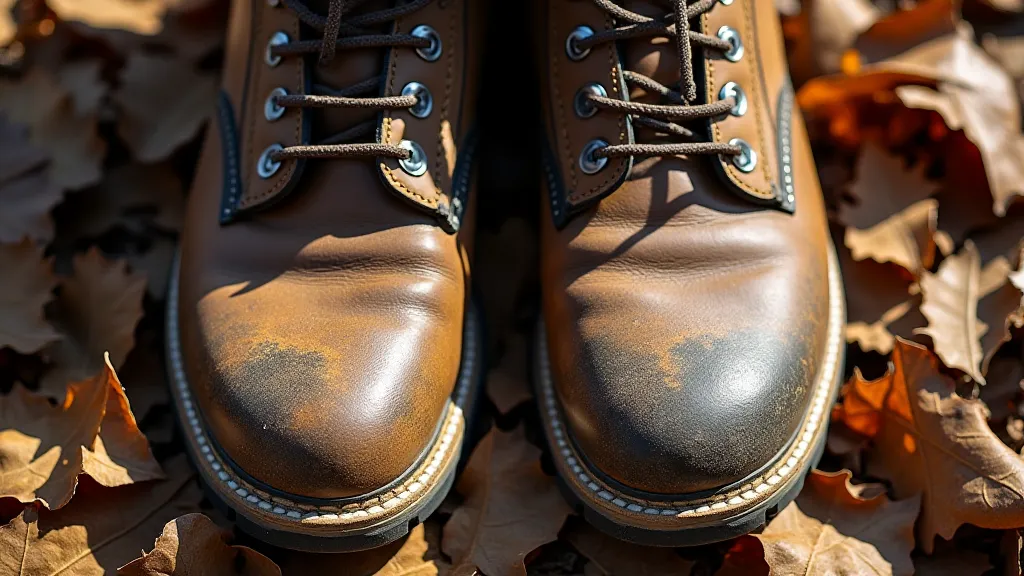
Restoration & Collecting: Preserving the Stories
This realization—that gear holds a history—often leads to a desire to preserve it. Repairing a torn backpack instead of replacing it, carefully cleaning and oiling leather boots, even attempting to restore a vintage compass—these aren’t just acts of practical maintenance; they’re expressions of respect for the object’s past and a desire to extend its story.
The burgeoning vintage outdoor gear collecting community exemplifies this appreciation. Collectors seek out relics from bygone eras: vintage tents with distinctive silhouettes, leather-bound maps with faded ink, and compasses with intricate engravings. These aren’t simply acquiring objects; they’re acquiring fragments of history, tangible links to a time when exploration was a more solitary and often more challenging pursuit.
The process of restoration itself can be deeply rewarding. Disassembling a vintage pack, cleaning its components, replacing worn straps – it’s an act of detective work, uncovering the story embedded within the object. You might find remnants of past trips – a dried wildflower pressed into a pocket, a scrap of a handwritten note tucked inside a compartment. These discoveries deepen the connection and provide a glimpse into the lives of previous owners.
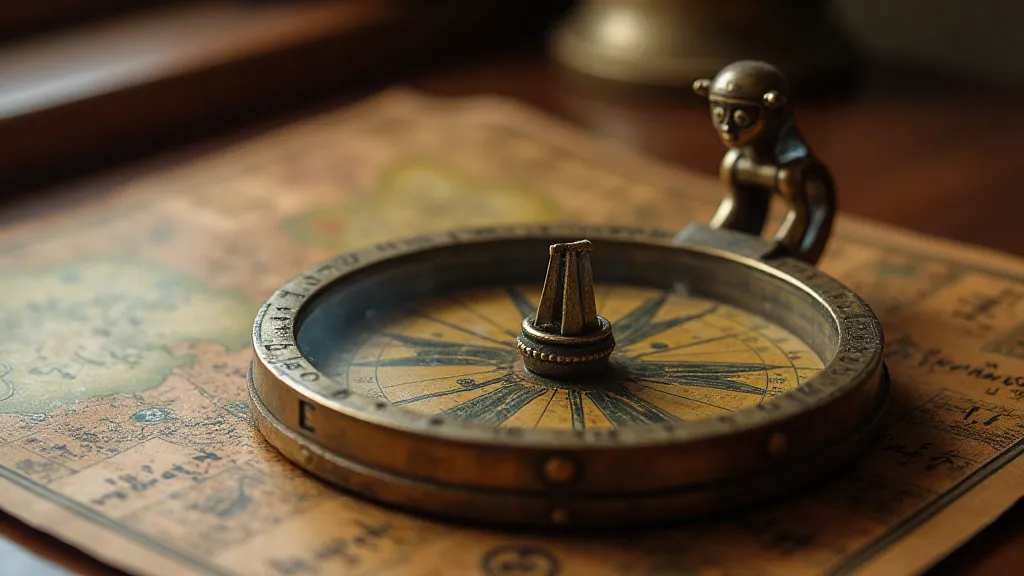
More Than Just the Rating
So, the next time you’re considering a new piece of hiking gear, or evaluating your existing collection, take a moment to consider its potential to become a repository of memories. Look beyond the specifications and ratings. Appreciate the craftsmanship, consider the history it might carry, and imagine the stories it might help you create. Because our gear is more than just equipment; it’s a reflection of our adventures, a tangible link to the landscapes we’ve witnessed, and a haunting presence of trails conquered – a ghost of experiences past, waiting to be reborn in journeys yet to come.
